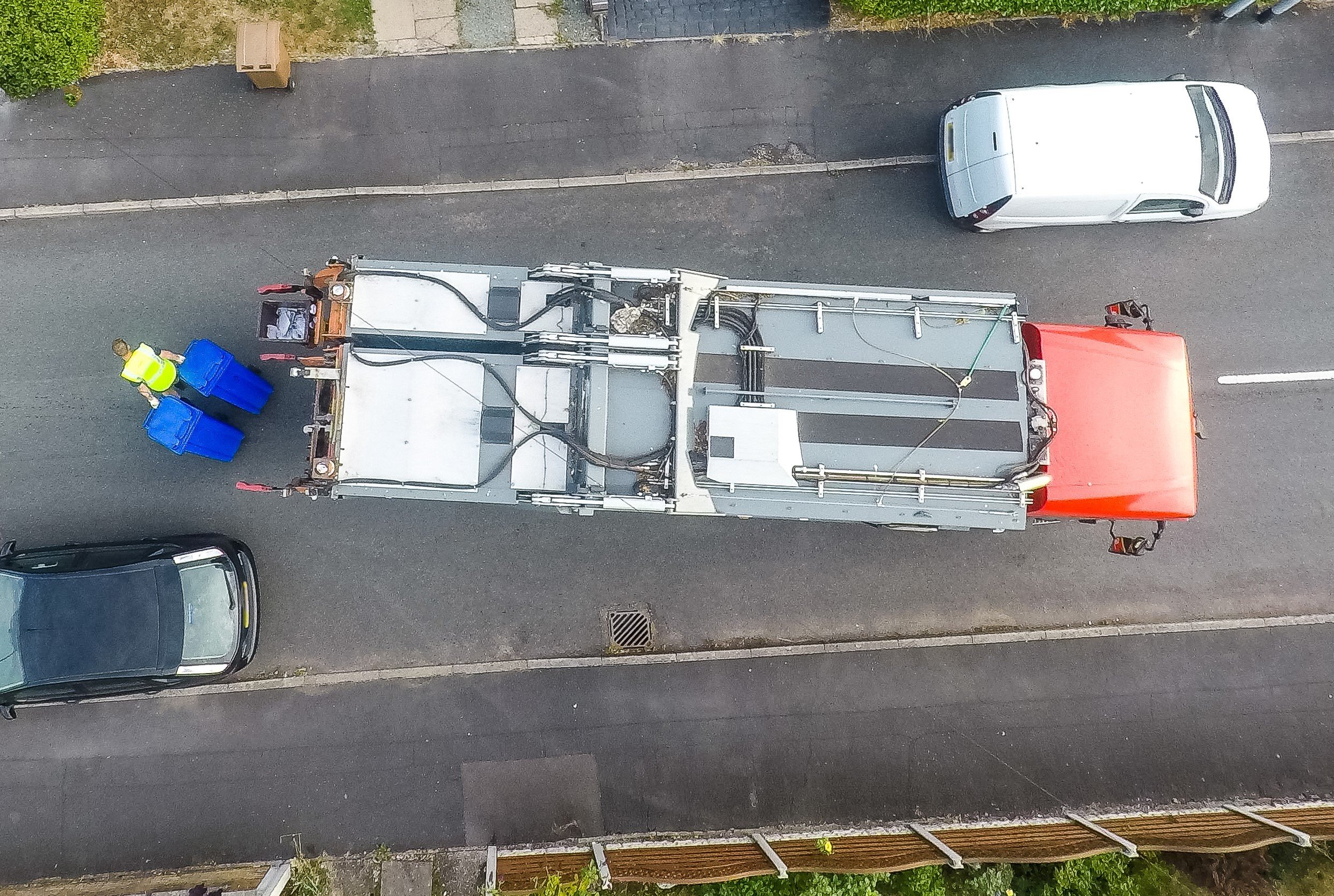The end of 2023 saw some big changes for RCV (Refuse Collection Vehicles) bin lifts, with two major notices sending ripples through the industry.
What happened?
On 20 October 2023 the Office for Products and Safety & Standards (OPSS) issued a notice for bin lift equipment. WISH (Waste Industry Safety and Health) Forum said about the notice “This essentially means that Part 5 of EN1501 can no longer be recognised as a bin lift safety standard. The onus will be on the manufacturers to provide safe equipment and for operators to assess the equipment that is in use.”
A few weeks later, on the 8 November, the Government published a Product Safety Report about the Terberg OmniDEKA hydraulic bin lift with sonar N1 sensor. The product has been voluntarily withdrawn from the GB market by the manufacturer.
Tom Chaldecott, Senior Machinery Safety Consultant at KnoxThomas has called this ‘unprecedented’ saying on LinkedIn: “What sets this safety announcement apart is its rarity and the profound impact it carries within the refuse collection industry. “
What does this mean to you?
Since the two notices above were released, WISH have had a number of queries about what the OPSS restriction means for purchasers of new RCVs and operators of existing RCVs.
To help answer these questions and support health and safety improvements in the waste industry, WISH created a new guidance document. Info 26 ‘Safety in the operation of automatic bin lifting equipment on RCVs’ was produced with support of HSE and released January 2024.
The guidance is intended to inform and explain to RCV users about the safety issues the OPSS restriction identifies and the measures that need to be taken in response.
What are the risks?
As identified in the Government’s Product Safety Report there are several hazards in using the bin lifts in automatic mode:
- Risk of entanglement with the lifting machinery resulting in injuries,
- Risk of being lifted by the machinery and tipped into the vehicle hopper.
- Risk of being crushed by the automatic compaction mechanism.
These risks have the potential to cause serious harm or even a fatality, as we unfortunately saw in early 2023.
What can you do?
The WISH Guidance Info 26 talks about the physical safeguards and interim physical solutions that can be put in place. A couple of extracts from the guidance explain what is being done:
'For existing machines, the HSE is working with the industry, manufacturers, and WISH to help develop solutions that can provide a combination of physical interlocking safeguards and/or sensing/detection systems which can be retrofitted to the current GB fleet of RCVs.’
You’ll need to review your existing risk assessments and safe working practices in relation to the operation of bin lifts in automatic mode.
WISH reiterates in their guidance that ‘procedural controls are known not to be 100% effective – people do not always ‘do the right thing’ ’. So, while it’s also recommended that instruction and training should be reviewed and repeated periodically, are you able to go a step further and add in physical controls?
How can we help?
We were approached by our long term partner FCC Environment to look at the risks of bin lifts operating in automatic mode, well before these notices came out. Starting in February 2023, we worked collaboratively to develop and test the RCV Smart Loader to provide an additional level of security when using bin lifts in automatic mode.
The product takes our proven proximity warning system and adapts it for use around the bin lift at the back of the RCV. If a worker is detected in the danger zone after the bins have been placed, the RCV Smart Loader will prevent the full lift cycle occurring.
As well as enforcing correct loading methods, the product has also been proven in the field to improve behaviours by up to 98% (compared to pre-intervention data). This is achieved by ensuring that loaders are correctly loading the bin and taking a step back out of the danger zone during the bin lift cycle
Want to know more?
See why FCC Environment have committed to roll this out onto their existing fleet of RCVs.


